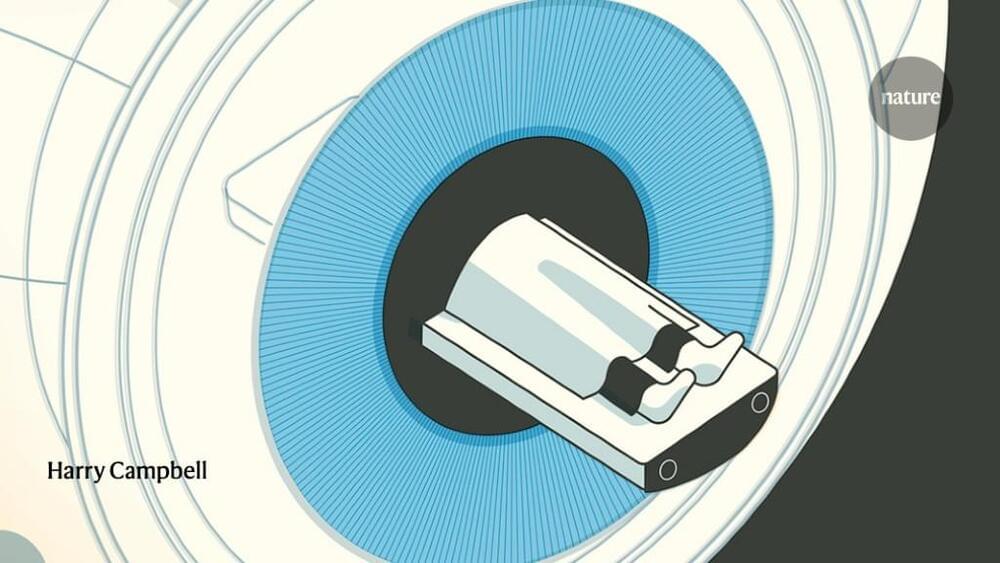Circa 2019 😀
Because they can process massive amounts of data, computers can perform analytical tasks that are beyond human capability. Google, for instance, is using its computing power to develop AI algorithms that construct two-dimensional CT images of lungs into a three-dimensional lung and look at the entire structure to determine whether cancer is present. Radiologists, in contrast, have to look at these images individually and attempt to reconstruct them in their heads. Another Google algorithm can do something radiologists cannot do at all: determine patients’ risk of cardiovascular disease by looking at a scan of their retinas, picking up on subtle changes related to blood pressure, cholesterol, smoking history and aging. “There’s potential signal there beyond what was known before,” says Google product manager Daniel Tse.
The Black Box Problem
AI programs could end up revealing entirely new links between biological features and patient outcomes. A 2019 paper in JAMA Network Open described a deep-learning algorithm trained on more than 85,000 chest x-rays from people enrolled in two large clinical trials that had tracked them for more than 12 years. The algorithm scored each patient’s risk of dying during this period. The researchers found that 53 percent of the people the AI put into a high-risk category died within 12 years, as opposed to 4 percent in the low-risk category. The algorithm did not have information on who died or on the cause of death. The lead investigator, radiologist Michael Lu of Massachusetts General Hospital, says that the algorithm could be a helpful tool for assessing patient health if combined with a physician’s assessment and other data such as genetics.
